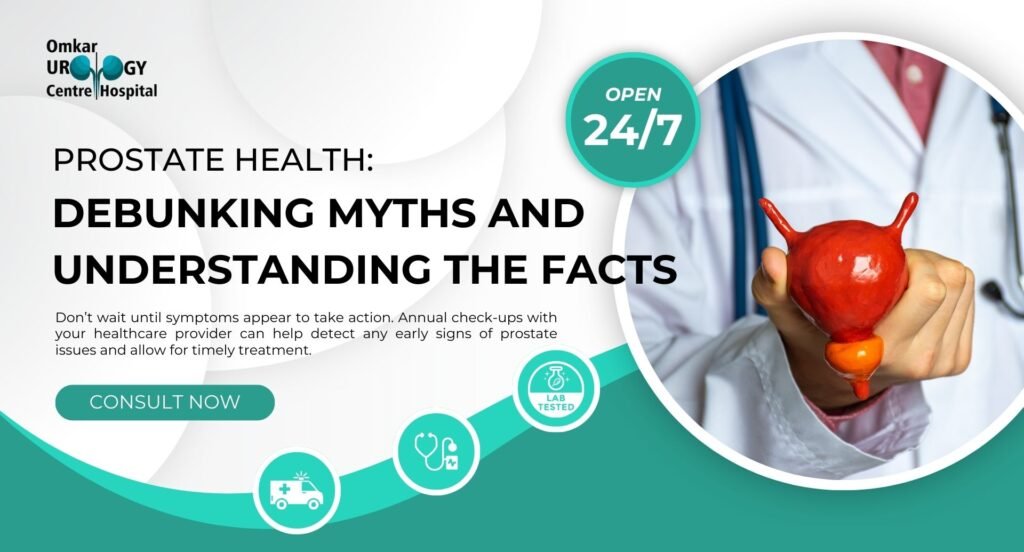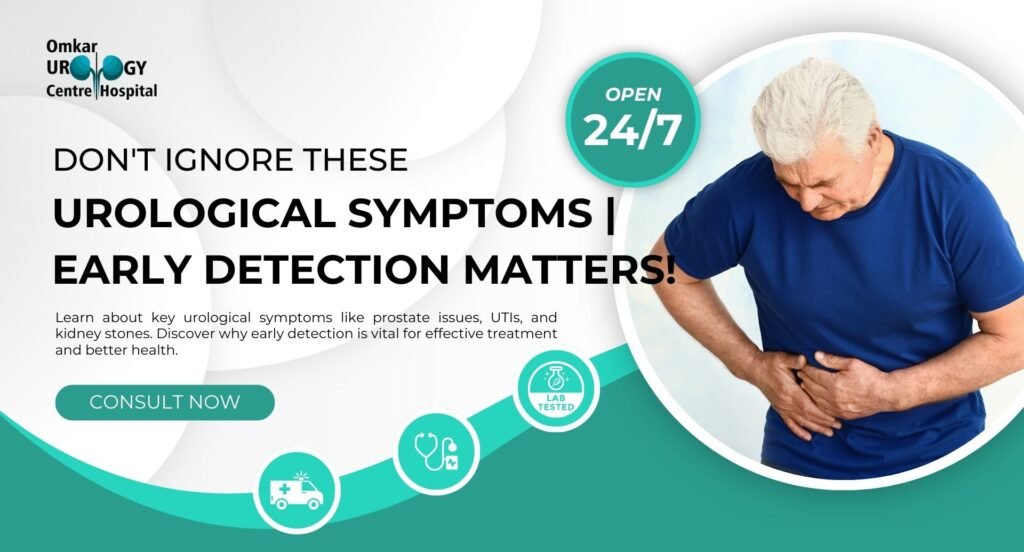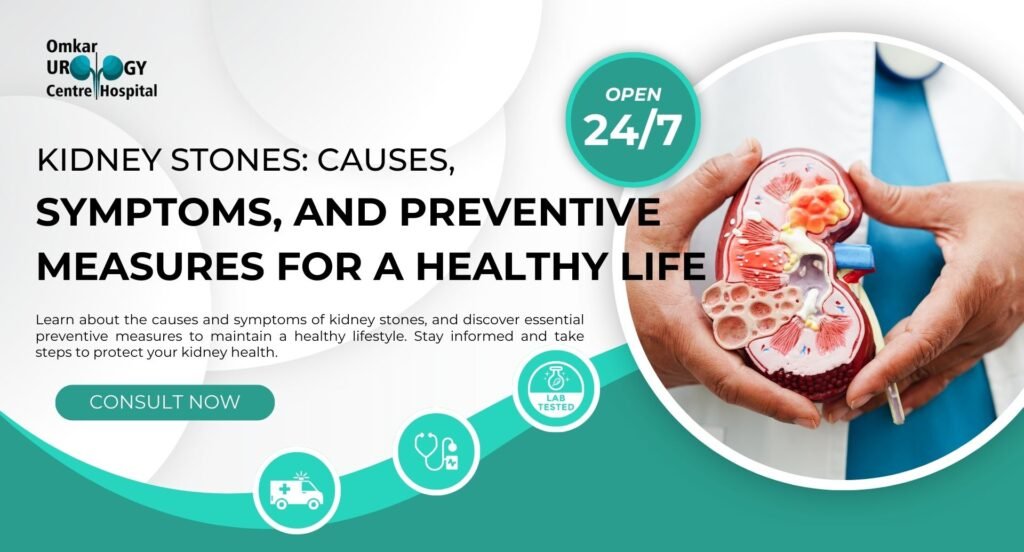
Prostate health is an essential yet often misunderstood aspect of men’s well-being. With numerous myths circulating and a general lack of awareness, many men fail to recognize the significance of regular prostate screenings and the symptoms associated with prostate issues. Understanding the facts about prostate health can help men take proactive steps to ensure they maintain a healthy prostate and reduce the risk of conditions like Benign Prostatic Hyperplasia (BPH), prostatitis, and prostate cancer.
In this blog, we will debunk common myths, explain the symptoms of prostate problems, and highlight the importance of regular screenings for maintaining prostate health.
What is the Prostate?
The prostate is a small, walnut-shaped gland located just below the bladder and in front of the rectum. It is responsible for producing seminal fluid, which nourishes and transports sperm. While the prostate is relatively small, its impact on men’s health is significant, especially as men age.
With this basic understanding, let’s dive into the common myths and misconceptions surrounding prostate health.
Debunking Common Prostate Health Myths
Myth 1: Prostate Problems Only Affect Older Men
Fact: While it’s true that prostate issues become more common as men age, younger men are not immune. Conditions like prostatitis (inflammation of the prostate) can affect men in their 30s and 40s. Prostate cancer, although more prevalent in men over 50, can still be diagnosed in younger men. The key takeaway is that prostate health is important at every age, and men should remain vigilant about their prostate health throughout their lives.
Myth 2: Prostate Cancer Always Shows Symptoms Early On
Fact: One of the most dangerous misconceptions is that prostate cancer always presents noticeable symptoms in its early stages. In reality, early-stage prostate cancer is often asymptomatic, which is why regular screenings are essential. By the time symptoms like difficulty urinating or pelvic discomfort appear, the cancer may have already advanced. This makes routine PSA (Prostate-Specific Antigen) tests and digital rectal exams (DRE) critical for early detection.
Myth 3: Difficulty Urinating is Always a Sign of Prostate Cancer
Fact: While urinary issues can be a symptom of prostate cancer, they are often more commonly associated with Benign Prostatic Hyperplasia (BPH) or prostatitis. BPH is a non-cancerous enlargement of the prostate that can lead to symptoms like frequent urination, difficulty starting urination, and a weak urine stream. Prostatitis, or inflammation of the prostate, can also cause similar urinary symptoms. It’s important not to jump to conclusions and consult a urologist for a proper diagnosis if you’re experiencing urinary problems.
Myth 4: A High PSA Level Always Means You Have Prostate Cancer
Fact: PSA levels can be elevated for several reasons besides prostate cancer. BPH, prostatitis, and even certain medications or recent sexual activity can cause an increase in PSA levels. While a high PSA level may indicate a need for further testing, it doesn’t necessarily mean you have prostate cancer. A urologist will typically perform additional tests, such as a biopsy or imaging studies, to confirm the presence of cancer.
Myth 5: Prostate Cancer Is a Slow-Growing Disease and Doesn’t Require Immediate Treatment
Fact: While some forms of prostate cancer are slow-growing and may not require immediate treatment, others can be aggressive and spread quickly. The course of action depends on several factors, including the cancer’s stage, the patient’s age, and overall health. Active surveillance may be an option for some men, but others may require surgery, radiation, or hormone therapy. Consulting with a specialist is crucial to determine the best treatment plan.
Understanding the Symptoms of Prostate Issues
It’s important to be aware of the symptoms associated with prostate problems. These symptoms can vary depending on the condition, but the following are the most common signs to watch out for:
1. Difficulty Urinating
Men experiencing a weak or interrupted urine flow, difficulty starting urination, or feeling like their bladder isn’t fully emptying may have an issue with their prostate. This is a hallmark symptom of both BPH and prostatitis.
2. Frequent Urination, Especially at Night
Needing to urinate more often, especially during the night (nocturia), is another common symptom of prostate enlargement or irritation. This can be particularly disruptive to a man’s quality of life.
3. Painful Urination or Ejaculation
Men with prostatitis often experience pain or discomfort during urination or ejaculation. This can be a sign of inflammation or infection in the prostate gland.
4. Blood in the Urine or Semen
While less common, blood in the urine (hematuria) or semen (hematospermia) can be a symptom of prostate cancer or an infection. Any blood in these fluids should be investigated by a doctor.
5. Pain in the Lower Back, Hips, or Pelvis
Persistent pain or discomfort in these areas may be a sign of advanced prostate cancer. When cancer spreads beyond the prostate, it often affects the bones in the lower body, causing pain.
6. Erectile Dysfunction
Difficulty achieving or maintaining an erection can sometimes be linked to prostate problems. This may be due to the proximity of the prostate to the nerves and blood vessels that control erections.
The Importance of Regular Prostate Screenings
Given that prostate issues can present with a wide range of symptoms—or none at all in the case of early-stage cancer—regular screenings are crucial for early detection and treatment.
1. Prostate-Specific Antigen (PSA) Test
The PSA test is a simple blood test that measures the level of PSA in your blood. Elevated PSA levels can be a sign of prostate cancer or other prostate conditions. While the PSA test is not perfect and can sometimes produce false positives, it remains a valuable tool in detecting prostate cancer early.
2. Digital Rectal Exam (DRE)
In addition to the PSA test, a Digital Rectal Exam (DRE) allows a doctor to physically feel the prostate gland through the rectal wall. This exam helps detect abnormalities in the size, shape, or texture of the prostate, which may indicate cancer or other issues.
3. When to Start Screening
Most medical guidelines recommend that men begin regular prostate screenings at age 50. However, men with a family history of prostate cancer or those of African-American descent—who are at higher risk—should consider starting screenings earlier, around age 40-45.
It’s important to have an open discussion with your doctor about when to start screening based on your individual risk factors.
Prostate Health and Lifestyle: Tips for Prevention
While some prostate issues are linked to genetics or aging, lifestyle factors can play a significant role in maintaining prostate health. Here are some tips to help reduce your risk of prostate problems:
1. Maintain a Healthy Diet
A diet rich in fruits, vegetables, and whole grains can help reduce the risk of prostate issues. Foods like tomatoes (high in lycopene), cruciferous vegetables (like broccoli), and fish rich in omega-3 fatty acids have been shown to benefit prostate health.
2. Exercise Regularly
Staying active can improve overall health, including prostate function. Regular exercise helps regulate hormone levels, reduce inflammation, and maintain a healthy weight, all of which contribute to prostate health.
3. Stay Hydrated
Drinking plenty of water helps flush toxins from your system and keep the urinary tract functioning properly. Aim for at least 8 glasses of water a day.
4. Avoid Smoking and Limit Alcohol
Smoking has been linked to an increased risk of aggressive prostate cancer. Limiting alcohol consumption is also recommended, as excessive drinking can exacerbate urinary symptoms.
5. Regular Check-ups
Don’t wait until symptoms appear to take action. Annual check-ups with your healthcare provider can help detect any early signs of prostate issues and allow for timely treatment.
Conclusion: Taking Charge of Your Prostate Health
Prostate health is a crucial aspect of men’s well-being that is often clouded by myths and misconceptions. By understanding the facts, recognizing symptoms early, and prioritizing regular screenings, men can take proactive steps to maintain their prostate health and catch any potential issues before they become serious.
Remember, early detection is key. If you are over 50 or have risk factors for prostate problems, talk to your doctor about prostate screenings. If you’re experiencing any symptoms related to prostate health, don’t wait—consult a urologist for a thorough evaluation.
By staying informed and proactive, you can protect your prostate health and enjoy a better quality of life for years to come.








